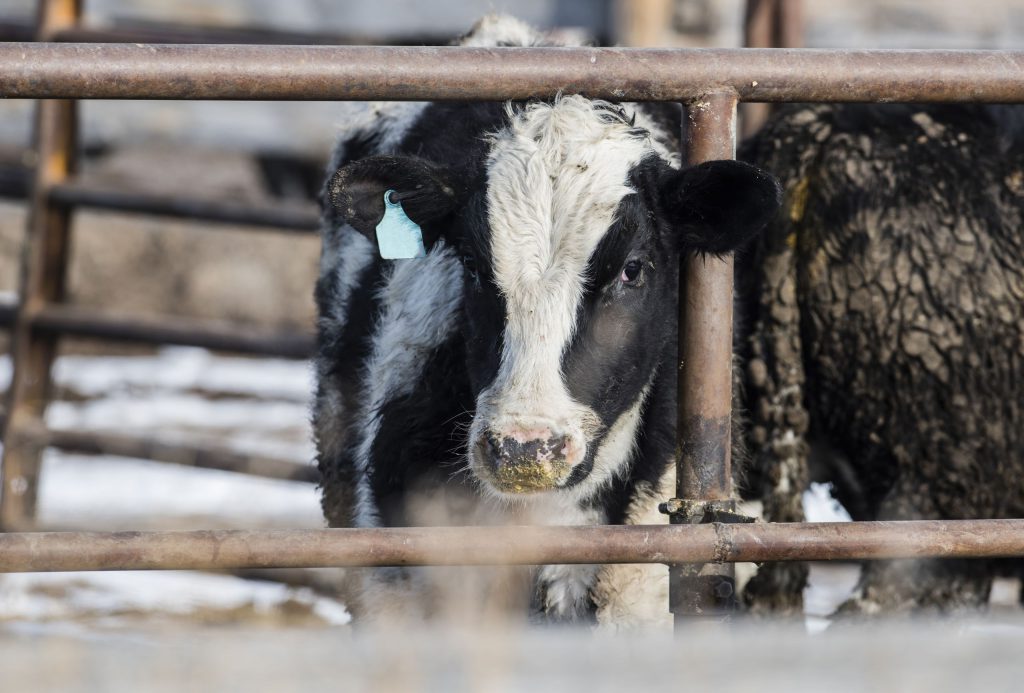
According to Farm Progress, November and December are the best months to get ready for the winter months on a feedlot operation. The same can hold true for other animal feeding operations, but with cattle in open lots in the elements of winter, spring cannot come soon enough. Good management for the winter season can benefit not only in economic gains, but also in credibility for good herd health for feeders. Prepare for the winter storms with plenty of snow removal equipment, backup generators, and the tips below to keep cattle healthy and safe.
Nutrition
It’s important to note that cattle require more energy in colder months to maintain body temperature and gains. Dr. Marc Caldwell with University of Tennessee mentions in Feedlot Magazine that feedlots should test energy content for feeds, especially in hay and forages, to make sure they meet the requirements of the animals. Cold stress can also influence immune suppression, which can cause issues such as respiratory disease and scours. Some of these issues can be managed with having vaccinations and antibiotics on hand, and having a warm pen for sick and at-risk animals.

Photo from Drovers.com
Not only can keeping up with feed storage be difficult for the winter months, but also be prepared with enough water supply to get through the cold. Water should be a priority, because even though intake may decrease, freezing pipes and tanks can cause many problems. Discuss with a nutritionist about your current feed storage setup, and create a backup plan for feed delivery and power of those facilities in case of bad weather events.
Shelter
It’s not very optimal to put a sheltered area in every cattle pen, but even rows of trees or stacks of bales to block high wind gusts can impact cattle performance, gains, and overall health. Even a 10-foot solid wind fence can provide up to 100 feet of protection for cattle. Wind is difficult for cattle to overcome, especially after rains or moisture in the air, as it increases chances of respiratory diseases. Consult with your veterinarian to determine the best way to treat animals in cold conditions for your operation.
If pens become extremely muddy during the cold months, having straw or a light bedding on hand can improve conditions for cattle in open pens where feasible. A prime way to prepare your pen conditions for the winter is ensuring all excess manure is removed from the pens. In addition, cleaning off concrete aprons and water tank approaches is important in keeping an ideal area for cattle to stay out of the mud throughout the winter.
Veterinary Processing
Before the start of winter, it is important to check on records for vaccinations, antibiotic recommendations, and implant schedules for feedlot cattle. As the weather gets worse, it can be more difficult to get cattle into a processing area, although this is essential for the recovery of a sick animal. Make sure to also have a safe, warm place to keep vaccinations and antibiotics, as they can become denatured in extreme temperatures. Special attention should be given to new calves, ill animals, and those with a low body condition score, as they are susceptible to disease in cold months and can pass illness to others.
Overall, now is a perfect time to check for all of the winter necessities before the storms hit. Being prepared for the winter can keep your cattle healthy and will improve your peace of mind as a cattle feeder.
